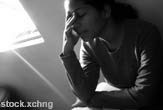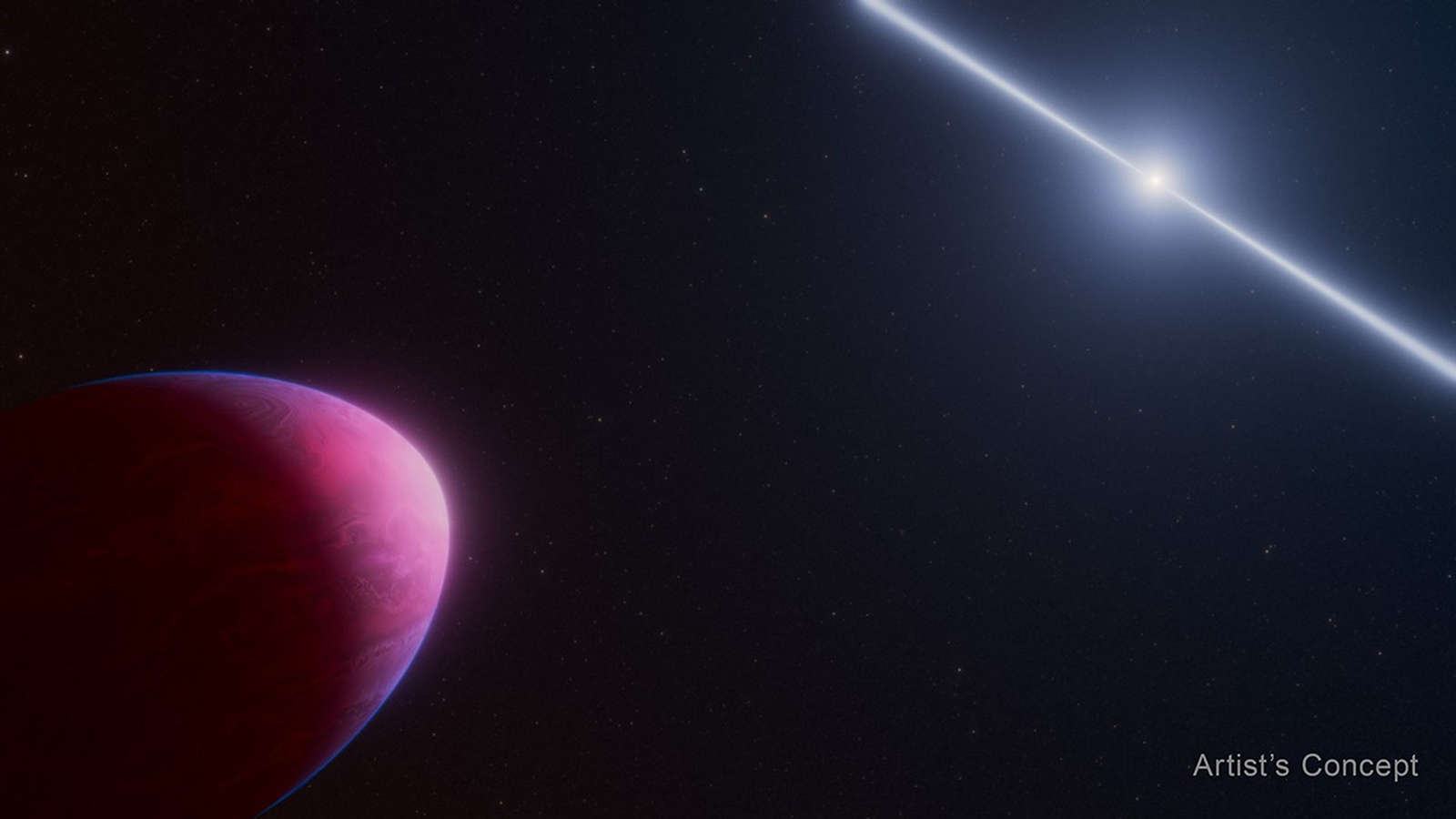The Big Holiday Depression Myth

At some point during this holiday season—maybe as you're rushing to the corner store for more turkey stuffing, or while at a Christmas Eve sale wrestling the last Xbox 360 away from a middle-aged mom—you will be tired, stressed and depressed.
Most people have heard the bit of folk wisdom about how depression and suicide increase during the last two months of the year. The holidays can be stressful, no doubt about it: the crowds, the hassles, the cold weather, those annoying relatives you thankfully see only once a year.
And, of course, there's seasonal affective disorder, perhaps better known by its apt acronym SAD. SAD is a mood disorder that strikes some people during the winter months, causing them to become depressed or lethargic. The disorder is not fully understood but thought to be caused by the decrease in sunlight during winter months.
While stress levels may increase, do suicide rates? After all, there are plenty of stressors throughout the rest of the year as well.
Actually there's no evidence that suicide rates spike in December; in fact they drop slightly.
A 1987 study by researchers David P. Phillips and John S. Wills found that about 100 fewer suicides occur on holidays than other days of the year. Part of the reason may be that while holidays are stressful, they are also a time when friends and family come together, offering emotional and social support to troubled individuals.
It's not all good news, though.
Get the world’s most fascinating discoveries delivered straight to your inbox.
On average, people are slightly more likely to die during the holiday season. While this may seem ominous and mysterious, there is a logical explanation. This effect occurs because during Thanksgiving, Christmas and New Year's, people engage more in two activities that increase their chances of death: drinking liquor and traveling. Alcohol consumption is linked to both higher homicide rates and more vehicle accidents.
So cheer up! With moderation and common sense, odds are you'll make it through another holiday season.
- Urban Legends
- Thankgiving Myth: Turkey Makes You Sleepy
- Popular Myths
Benjamin Radford is LiveScience's Bad Science columnist. His books and films can be found on his website.



